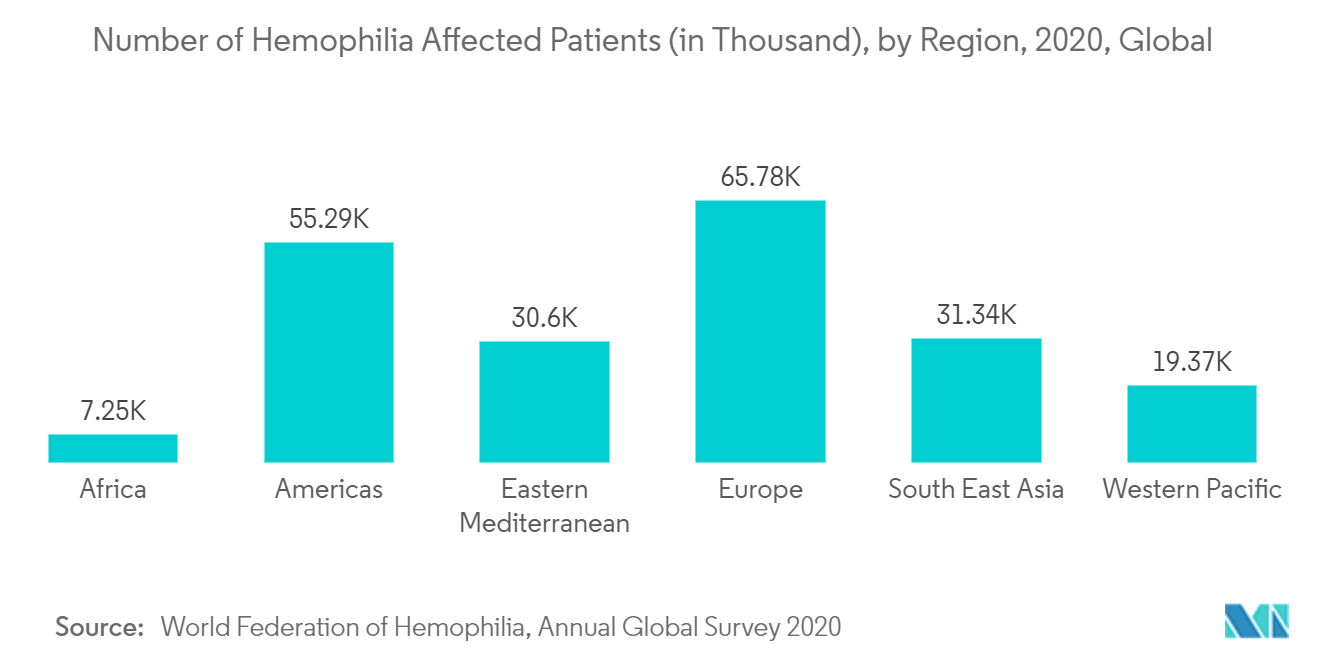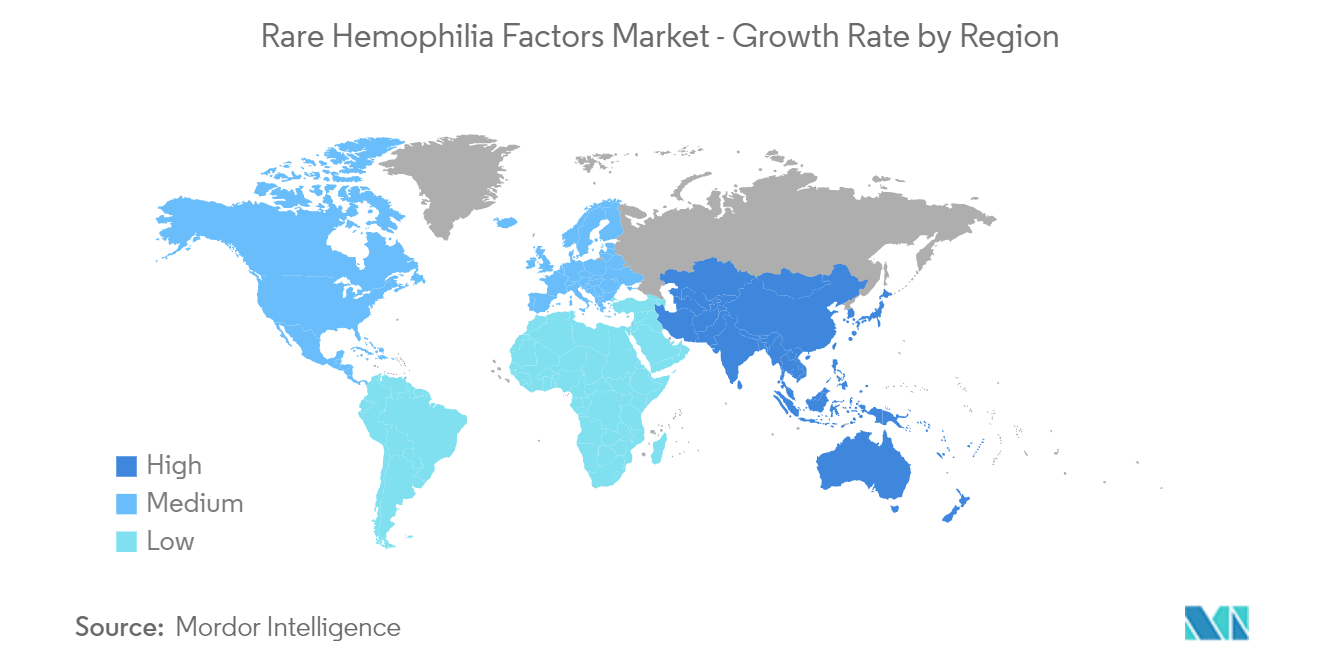Market Trends of Global Rare Hemophilia Factors Industry
This section covers the major market trends shaping the Rare Hemophilia Factors Market according to our research experts:
Fresh Frozen Plasma (FFP) is Expected to Hold Significant Market Share in the Treatment Segment
Plasma transfusion is indicated for the management of bleeding or to prevent bleeding before an urgent invasive procedure in patients requiring the replacement of multiple coagulation factors. Fresh frozen plasma is the fluid portion of a unit of whole blood that is frozen in a designated time frame, usually within 8 hours. FFP contains all coagulation factors except platelets. FFP contains fibrinogen (400 to 900 mg/unit), albumin, protein C, protein S, antithrombin, and tissue factor pathway inhibitor. FFP is administered intravenously. FFP is to be ABO compatible with the recipient's red cells.
Research and development in the field of fresh frozen plasma fuels market growth. For instance, as per the article published in 2020 under the title 'Recent advances in the use of fresh frozen plasma, cryoprecipitate, immunoglobulins, and clotting factors for transfusion support in patients with hematologic disease', the use of plasma and cryoprecipitates is increasing in the treatment of coagulopathies like disseminated intravascular coagulation (DIC), which affect many plasma proteins, as well as liver disease, which affects fewer plasma proteins. These conditions are becoming more common because there are no effective treatments for any of these conditions. Furthermore, as per the article published in 2021 under the title 'Outcomes of Patients Who Undergo Transfusion of Fresh Frozen Plasma: A Prospective, Observational, Multicentre Cohort Study in Hiroshima, Japan', FFP has been transfused appropriately in at least 63.8% of cases and it is important to promote appropriate use of FFP so as not to waste blood resources.
Because of the aforementioned factors, fresh frozen plasma (FFP) is anticipated to face growth in the rare hemophilia factors market over the forecast period.

North America Dominates the Market and Expected to do Same in the Forecast Period
The major factors driving the growth of the rare hemophilia factors market in the region include the therapeutic advances in hemophilia, which led to a wave of new Food and Drug Administration-approved agents and increasing awareness about technologically advanced products, increasing prevalence of hemophilia, and the presence of a huge patient pool.
According to the World Federation of Hemophilia 2020 report, there were about 14,816 patients with hemophilia (Hemophilia A affected 11,790 people and Hemophilia B affected with 3,026 people) in the United States in 2020. In Canada a total of 4,709 people were affected with hemophilia, 'Hemophilia A' affected 3,223 people and 'Hemophilia B' affected 701 people. The high prevalence of hemophilia cases in these regions is expected to drive the growth of the market in this region due to the higher adoption of therapies for hemophilia.
Increased awareness regarding the importance of bleeding disorders fuels market growth. For instance, each March, National Hemophilia Foundation provides awareness of inheritable blood and bleeding disorders during Bleeding Disorders Awareness Month. This month patients and families with hemophilia, von Willebrand disease, rare factor disorders, and more, share their lives, stories, struggles, and successes.
Hence as per the factors mentioned above, North America is expected to witness growth in the rare hemophilia factors market over the forecast period.


